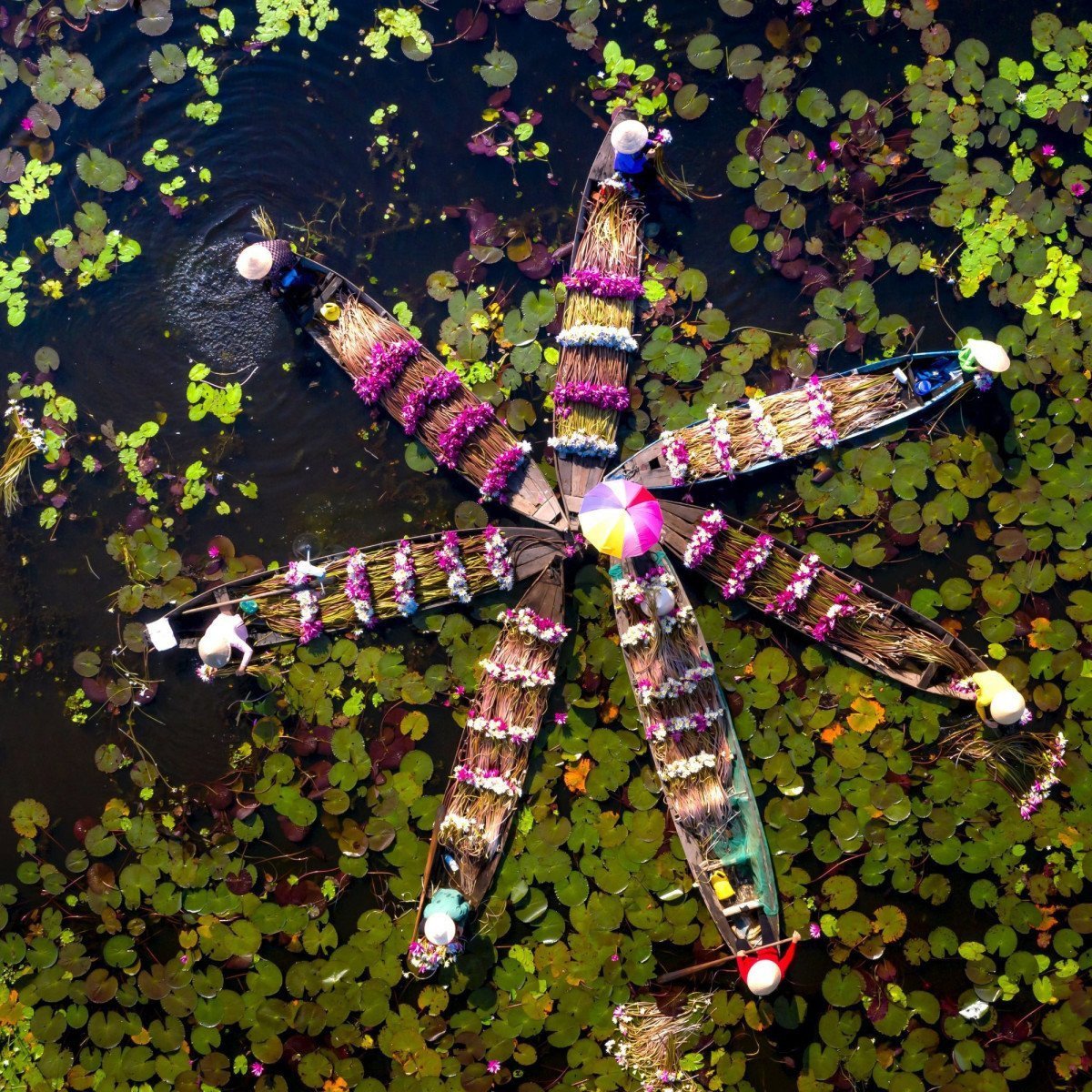Just last summer, I found myself navigating the cobblestone streets of a picturesque, old-world European town. The influence of centuries soaked into the ancient stone walls, local faces bearing the marks of a rich, vibrant history. As I shouldered my camera, a thought occurred, ‘Have you ever wondered if that candid street shot caught in a distant land is respectful to its subjects and their culture?’
Photography and cultural tourism often go hand-in-hand. Surprising yet real, it is estimated a monumental 85% of all tourists utilise some form of camera during their travels. While this statistic highlights the importance of photography in capturing and preserving the experience of travel, it also warrants an urgent discussion on the ethical implications of such widespread practice. Today, we unfold the topic of respectful photographic practices in cultural tourism.
Understanding the Impact of a Shot
‘One picture is worth a thousand words,’ a phrase we’ve all heard before, and let me tell you, it ain’t just about the composition or lighting. In the context of cultural tourism, each snapshot can also tell a tale of respect or intrusion, empathy or disregard.
The trouble lies in the fine line between visually exploring a culture and potentially exploiting it. Anyone who has travelled with a camera can most probably recall moments of hesitation — to click or not to click? That internal dialogue is not just vital but healthy. It displays awareness and respect for the ones we are capturing and their corresponding culture.
Encourage Consent
Now, you might be thinking, ‘How in the wide world do I navigate this minefield?’ Let’s start with a relatively simple principle: consent. In photography, especially when taking shots involving individuals, consent is a major ethical cornerstone. You might be amazed how often this cardinal rule is either forgotten or altogether ignored. An appreciative nod, a warm smile, or even better, an actual verbal permission can go a long way in ensuring your editing ethics stay intact while fostering a sense of ease and respect.
Understanding Cultural Appropriateness
Another concern is cultural appropriateness. Not every culture views photography in the same light. Certain practices or rituals may be considered private. It’s essential to do your homework before you arrive at a destination. Understand the cultural norms and adhere to them. Ignorance isn’t bliss, especially when travelling.
In this era of digital freedom, the line between documentation and exploitation often becomes fuzzy. Yet as photographers, professional or otherwise, we can create a space for respect and understanding. Photography should be about capturing authenticity, the human spirit in its infinite forms, not commodifying exoticism.
In conclusion
Remember, as cultural tourists, we’re more than just passive spectators. We have the responsibility to treat people and their cultures with respect. So, next time you’re negotiating a labyrinth of unfamiliar alleys with your trusty camera, take a moment. Reflect. Is your shot respectful to the people and culture it captures? Remember, a little empathy can go a long way in transforming a fleeting frame into a timeless portrait of understanding.


0 Comment